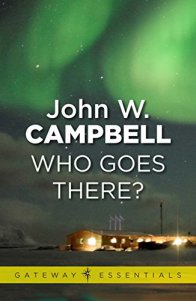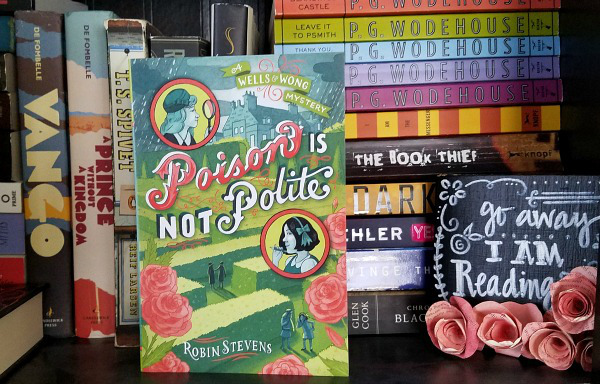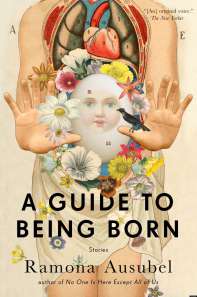 John Carpenter’s The Thing (1982) is one of the greatest horror films ever made. It’s a masterpiece of suspense and tension, demonstrating – point by point – the key ingredients of horror. In addition, the skilled use of practical special effects gives it a visceral kick that you very rarely find in later films. It’s brilliant, and I recommend that everyone watches it at least once.
John Carpenter’s The Thing (1982) is one of the greatest horror films ever made. It’s a masterpiece of suspense and tension, demonstrating – point by point – the key ingredients of horror. In addition, the skilled use of practical special effects gives it a visceral kick that you very rarely find in later films. It’s brilliant, and I recommend that everyone watches it at least once.
Until recently, I didn’t know it was based on anything. I knew that there was at least one story inspired by it – Peter Watt’s The Things – but I didn’t know that the film itself was based on a short story. That story is John W. Campbell’s Who Goes There?
Workers on an isolated Arctic research station uncover something in the ice – something utterly alien that seems to exude malice. When the thing turns out not to be as dead as initially supposed, the workers have to track down the shape-shifting monster before it can corrupt them all or escape to the outside world. Just like Carpenter’s film, the story is a tense, horrifying narrative about suspicion and distrust amongst a small community.
The film is relatively faithful to the story, but there are important differences between the two, with the short story doing somethings rather better. There’s more world-building and more explanation in the story, which is an impressive feat – it’s really not that long, and managing to create a sense of a larger narrative without just deluging the reader with information is a hard trick to pull off. Notably, the ending in the story is very different – more hopeful and far more science-fiction in tone, rather than the uncertain horror of the film.
There are six other stories in the same collection, all by the same author. Campbell is an author I’m not aware of having come across before, but must have done – he was a contemporary of Arthur C. Clarke and Philip K. Dick, and apparently had a massive impact on the genre. Isaac Asimov described him as “the most powerful force in science fiction ever”. So I’m sure that, as a child, I read stories by him, probably in some omnibus with a psychedelic cover and yellowing pages. He’s not an author I was properly aware of though, so I’m pleased to have had the chance to read him deliberately.
The stories are all good. I’d say that Who Goes There? is definitely the standout – it’s one of the longest, with the clearest themes and the strongest characters – but there aren’t any stories in the set that let the others down. Each one is atmospheric, thoughtful, and well-crafted. All the stories are real science fiction – stories about humanity in technologically-accomplished situations, not stories about technology with humans as supporting characters. That’s important to me – I find that so much modern sci-fi is shallow and gimmicky, concerned with how something works and not why it is important. The best science fiction uses science, but isn’t used by it. That’s the case here.
Thematically, Campbell is concerned with purpose more than anything else – there’s a yearning sadness present in all the stories, and they tend to deal with questions about the future of humanity and how we will impact on the universe. I found myself still thinking about the ideas and concepts of the collection several days later, which really is everything you want from short stories: something with an impact.
These are old stories now, and not fashionable. Some of the technology that is theorised in them has already been discovered now. If you are looking for accurate predictions of the future or the latest societal preoccupations, there’s not that much of it here. If you want classic, golden age science fiction, filled with hope and worry about a far-off but keenly-awaited future, then this collection is exactly what you need.
Buy it here.
Advertisements Share this:- More





